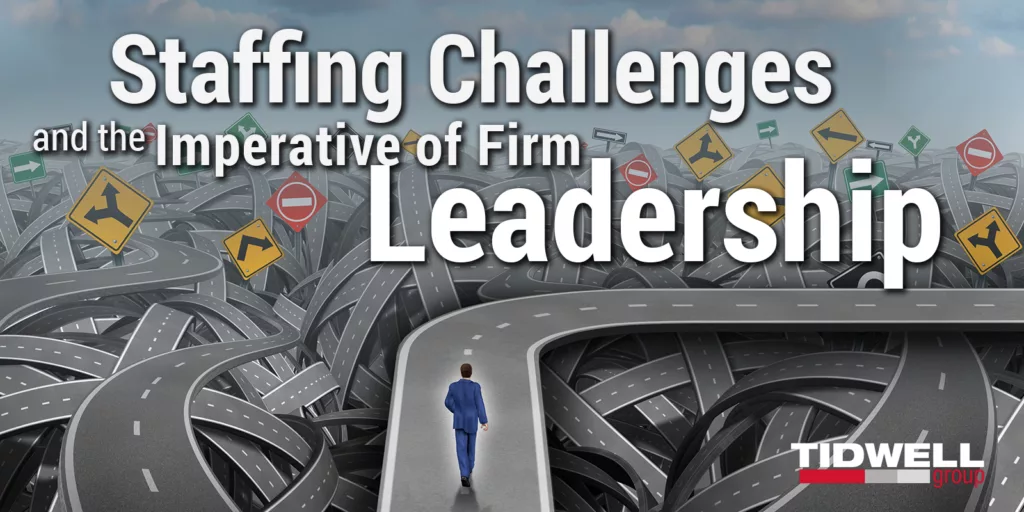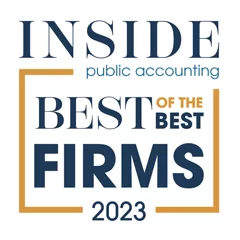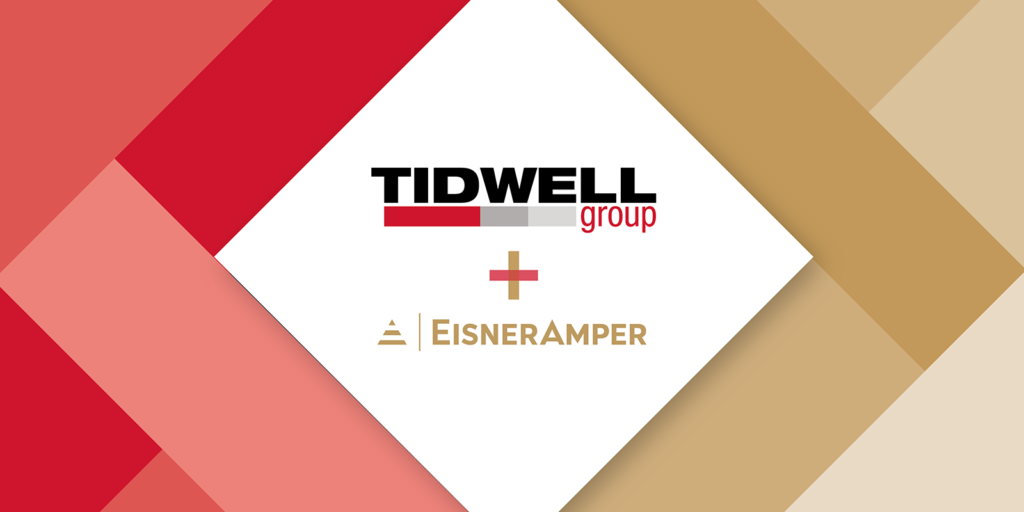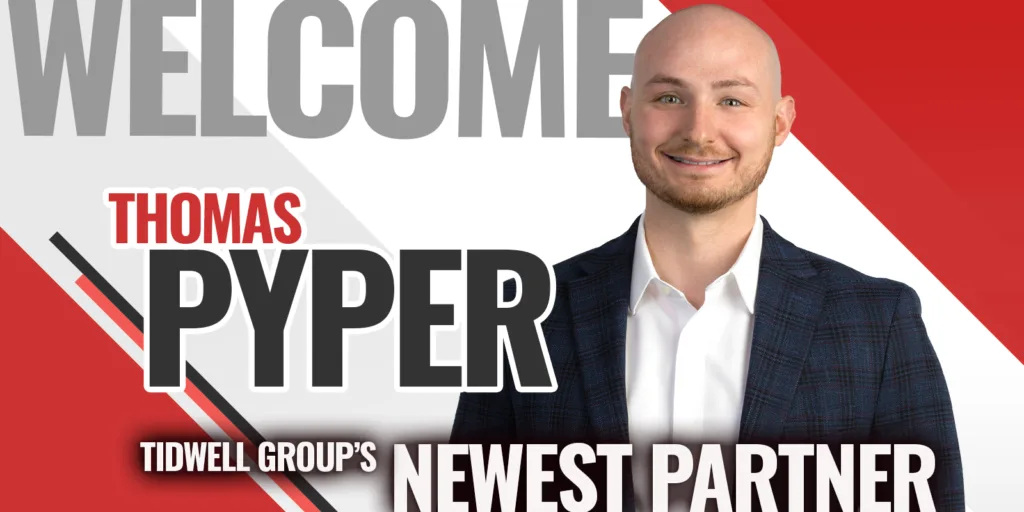The VUCA – Volatility, Uncertainty, Complexity, and Ambiguity – world has turned the business landscape into a maze of unpredictability. This rapid transformation has made staffing a Herculean task. As leaders, it’s our duty to steer our organizations through these choppy waters, providing a clear vision and robust training to our teams.
In Jim Dent’s “The Junction Boys,” the iconic coach ‘Bear’ Bryant assessed his football players during his first year at Texas A&M by immediately thrusting them into action to identify those who could endure. While Bryant aimed to eliminate the less resilient players right from the beginning, his initial results were underwhelming, securing only one victory in the first nine games. Bryant chose to “sort first, train later.”
While Bryant’s approach can be successful in the right situation, it does not fit our industry at this point in time. I firmly believe in the U.S. Military’s “train first, sort later” philosophy. It’s crucial to note its differences from Bryant’s approach. While they may seem analogous on the surface, the military’s methodology underscores the importance of intensive training before placing individuals in high-stakes roles. This ensures that soldiers are primed with vital skills and also gauges their ability to employ these skills effectively in real-world, high-pressure situations.
Though Bryant ultimately achieved an undefeated season after a remarkable recruitment year and a reliance on leadership from the junction boys, our industry doesn’t afford us the luxury to experiment with his method. For us to be influential leaders, prioritizing upfront training is the most pragmatic approach.
Staffing Challenges in a VUCA World
In today’s digital age, the role of leaders is evolving rapidly. Not only must they handle traditional business functions, but they also have to integrate emerging technologies into their strategies seamlessly. This transformation becomes more complex with the rise of gig economies and platform-centric businesses, requiring leaders to be both visionaries and adept collaborators.
In a VUCA environment, a comprehensive understanding of an organization’s interconnected challenges is critical. Equally important is cultivating a trusting environment where teams can express ideas and concerns without fear. From a previous article I wrote titled ‘Leading in Times of Crisis’, it’s evident that we adopt a VUCA viewpoint in managing our company. Tackling VUCA obstacles requires both adaptability and decisive leadership. Trust, ongoing education, and a willingness to welcome change are fundamental for success in our ever-evolving environment.
Firm Leadership: The North Star
In the volatile environment of a VUCA world, strong leadership stands as a beacon, guiding organizations through uncertainty. Recent experiences within our firm underscore this principle. As a whole, accounting firms have encountered significant staffing challenges, a testament to the ever-changing dynamics of the professional landscape. Yet, the response from our firm’s leadership has been both proactive and commendable. Our partners have acknowledged the importance of addressing these challenges and actively participated in the recruiting process. This hands-on approach showcases the value they place on every team member, further emphasizing the importance of collaborative leadership.
Beyond being mere figureheads, firm leaders represent five pillars that anchor and drive businesses. Central to this is their capacity to empower others, valuing shared authority and collective intelligence. By sometimes stepping back to let their teams shine, these leaders foster trust and confidence. This was particularly evident in the pivotal role played by our Directors of Employee Engagement and Recruiting. Entrusted to help with the recruiting process amidst the staffing challenges, they streamlined and optimized the process, ensuring that our firm continues to attract and retain the industry’s brightest talents.
Their efforts and those of our partners highlight the symbiotic relationship between strategic leadership and operational excellence. By doing so, they boost morale and innovation and pave the way for future leaders skilled in handling challenges and capitalizing on opportunities. Keeping this reality in front of us while recruiting and training our employees helps us remember to search for staff members who can grow into future leaders in the firm.
- Vision: Beyond just setting goals, firm leaders provide clarity and purpose. They map out a trajectory that aligns with the organization’s core values and mission, ensuring that, even amidst uncertainties, the organization remains purpose-driven and on course.
- Stability: In a dynamic world where change is the only constant, firm leaders serve as the unwavering foundation. Their consistency in decision-making and adherence to core principles are reassuring touchpoints for employees, ensuring they have solid ground to stand on even when surrounded by chaos.
- Problem-solving: Firm leaders excel in analytical and critical thinking. They don’t merely identify challenges; they dissect them, understanding their roots and implications. With a mix of intuition and experience, they chart proactive strategies, turning potential roadblocks into opportunities for growth and innovation.
- Inspiration: More than just motivating, firm leaders inspire. They cultivate environments that foster passion, creativity, and dedication. By sharing their own enthusiasm and belief in the organization’s mission, they galvanize teams to persevere even when faced with significant challenges, ensuring that morale remains high and the collective drive undiminished.
- Empowering Leadership: Perhaps one of the most impactful yet understated attributes of great leaders is their ability to lead ‘behind the scenes.’ Recognizing the strength and potential within their teams, they empower individuals, giving them the autonomy and authority to drive initiatives. Doing so fosters a sense of ownership and responsibility among team members and facilitates future leaders’ blossoming. This trust in delegation ensures a two-pronged success: achieving organizational goals while building a robust leadership pipeline for the future.
Together, these qualities ensure that businesses aren’t just weathering the storm but are primed to emerge stronger, more agile, and ready for future challenges – relying on the teammates we recruited during this period of staffing crisis.
The “Train First, Sort Out Later” Paradigm
Drawing inspiration from the military’s commitment to training troops before they enter active service, modern enterprises, including Tidwell Group, must give paramount importance to the role of education and training. In this pursuit, our Learning and Development (L&D) Department plays a pivotal role. Leaders, guided by L&D initiatives, should focus on:
- Skill Development: Before setting lofty objectives, channel resources into training programs spearheaded by our L&D Department. Notably, our lateral training programs, designed to broaden an employee’s skill set and role understanding, set the foundation for success.
- Remote Training Modules: Recognizing the rising number of remote team members, especially our dedicated contributors from South Africa, our L&D Department has tailored remote training initiatives. This ensures that despite geographical differences, the quality of training remains uncompromised.
- Cultivating a Growth Mindset: Champion a work culture where mistakes made during the learning phase are not setbacks but invaluable learning milestones.
- Mentorship: Lean on our experienced employees, encouraging them to mentor the newer recruits. This practice not only ensures a seamless transfer of knowledge but also cultivates a nurturing and supportive work environment.
- Culture Building: Conduct regular events that reinforce the core values of the company. This initiative, under the guidance of the L&D Department, Director of Employee Engagement and Retention, and Human Resources Department, ensures a unified and robust organizational culture.
- Feedback Loop: Post-training feedback sessions, orchestrated by our L&D and Employee Engagement teams, are crucial. They provide insights into areas of improvement, ensuring that the training remains impactful and relevant.
Training transcends hierarchical boundaries. Senior partners have a responsibility to mentor and guide junior partners, assisting them in transitioning from primarily client-centric roles to multifaceted roles that balance client service with training, mentorship, and business growth. Recognizing that every individual brings unique skills and strengths is fundamental, and understanding that delineating roles will differ is essential, especially in top-tier firms like ours.
Marketing and Recruiting
We all know that Marketing’s role is pivotal in propelling business achievements. They oversee diverse responsibilities, from maintaining business development cycles, boosting brand recognition, advertising products or services, and actively engaging with audiences. But what about recruiting?
Marketing to potential recruits and prospects bears a striking resemblance to the approach taken with customers and clients and should be a coordinated effort. At its core, the principles of effective outreach remain consistent across both arenas. First, identifying your target audience is paramount. This involves understanding their aspirations, needs, and pain points, much like pinpointing the preferences and demands of a potential customer. Once identified, the next step is nurturing that relationship. For recruits, this could mean providing them with clear growth pathways and a supportive work environment, while for clients, it’s about ensuring product satisfaction and stellar customer service.
Last, the process doesn’t end with a single successful outreach or transaction. Continual attraction is key. It’s about consistently reaffirming your value proposition and keeping both potential employees and clients engaged, loyal, and enthusiastic about what you bring to the table. In essence, whether you’re trying to bring someone into your firm or promote a service, the heart of marketing lies in understanding, nurturing, and continually attracting your audience.
To enhance our talent integration and retention strategies even further, we’ve appointed a dedicated Director of Employee Engagement & Retention. This position is tailored to deeply engage with our team, leveraging both our rich organizational culture and the invaluable insights from our existing members.
Under the banner of ‘Stronger Together,’ our marketing and recruiting teams have unified their expertise. They creatively navigate a range of social channels and groundbreaking platforms to attract and onboard top-tier talent. A noticeable decline in U.S. accounting program enrollments of 17% has amplified the urgency of this mission. In a landscape with fewer emerging CPAs, pinpointing and securing the ideal candidates has never been more crucial.
Outsourcing and the Rise of Remote Talent
Recently, our firm, reflecting a broader business trend, has widened its horizons via increased outsourcing, particularly to areas like South Africa. This move has been both economically advantageous and a gateway to a broader talent pool. South Africa’s advanced tech infrastructure, linguistic diversity, and cultural-professional amalgamation make it a prime outsourcing destination. Additionally, time zone differences amplify our operational efficiency.
Parallelly, the surge in remote talent utilization highlights how geographical boundaries are blurring. Embracing remote work has diversified our talent strategy, ushering in a global workforce.
Transitioning to this broader yet connected workforce model presents challenges, but the merits—from cost-effectiveness to leveraging global expertise—are undeniable. As we adapt, investments in communication tools and an inclusive organizational culture are essential to ensure team cohesion. This is another example of our Director of Employee Engagement and Retention successfully implementing a healthy employee engagement strategy. Strong engagement levels lead to increased productivity and lower turnover rates. In turn, employee participation efforts multiply, and communication is cultivated.
Conclusion
The VUCA world presents an array of challenges, especially in the realm of staffing. But with firm leadership and an emphasis on training, businesses can weather this storm. As leaders, it’s imperative to invest in our teams first, building a foundation that’s ready for any challenge the VUCA world throws our way. Using the U.S. Military as our model, we prioritize training and believe that with adequate preparation, navigating challenges will become intuitive over time.











